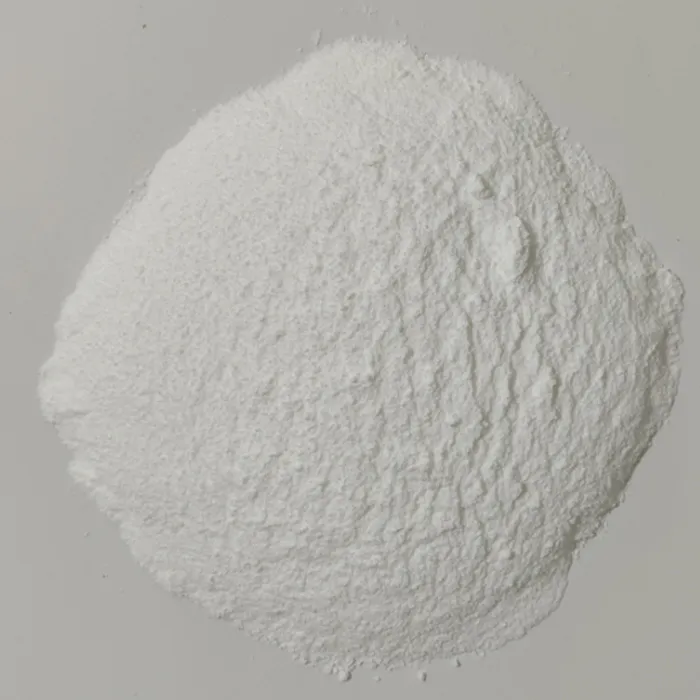Anti-Static Additives for Plastics Enhancing Performance and Safety
In today's technologically advanced world, plastics play a pivotal role in a wide array of applications, from packaging and electronics to automotive components and consumer goods. While the versatility of plastics is a significant advantage, their inherent properties can also pose challenges, particularly static electricity. The accumulation of static charges can lead to several issues, including dust attraction, hazardous sparks, and damage to sensitive electronic components. To mitigate these problems, anti-static additives have been developed and integrated into plastic materials, enhancing their performance and promoting safety across various industries.
Understanding Static Electricity
Static electricity refers to the buildup of electric charge on the surface of materials, primarily caused by friction or separation. In plastics, this static charge can accumulate due to their insulating nature, particularly in environments with low humidity. When static electricity builds up, it can result in undesirable effects such as dust and dirt attraction to surfaces, which can compromise product cleanliness and functionality. More critically, in electronic applications, static discharge can damage sensitive components, leading to costly failures and safety risks.
Role of Anti-Static Additives
Anti-static additives are chemical compounds that are incorporated into plastic formulations to reduce or eliminate static electricity buildup. These additives function primarily in two ways they either increase the electrical conductivity of the plastic surface or provide a layer of moisture that facilitates charge dissipation.
1. Conductive Additives These substances, including carbon black, metal fibers, or conductive polymers, create a conductive pathway within the plastic matrix. By allowing electrical charges to move, they effectively reduce static buildup. Conductive additives are commonly used in applications where static dissipation is crucial, such as in electronic casings and packaging materials.
2. Surface-active Agents These additives work by increasing the surface conductivity of plastics. They do not provide long-term conductivity but are effective in reducing static when moisture is present. This makes them particularly suitable for environments with higher humidity levels, as it promotes charge dissipation through the creation of a thin conductive layer on the surface of the plastic.
Selection of Anti-Static Additives
anti static additives for plastic

The selection of appropriate anti-static additives depends on various factors, including the specific application, environmental conditions, and desired performance characteristics. Key considerations include
- Compatibility The chosen additive must be compatible with the base polymer to ensure physical properties are not adversely affected. This compatibility is crucial for maintaining the integrity of the plastic during manufacturing and end-use.
- Performance Requirements Depending on the application, different levels of anti-static performance may be necessary. For instance, electronic packaging might require a higher level of protection against static discharge compared to general-purpose plastic products.
- Processing Conditions The thermal stability of the additive under processing conditions such as injection molding or extrusion is also essential. Some additives may degrade at high temperatures, compromising their effectiveness.
Innovations in Anti-Static Additives
The field of anti-static additives is continually evolving, with researchers developing novel compounds that offer improved performance and sustainability. Recent innovations focus on bio-based additives derived from renewable resources, which promise to reduce the environmental impact of conventional anti-static treatments. Additionally, advancements in nanotechnology have led to the formulation of nano-scaled additives that can optimize conductivity while maintaining the mechanical properties of plastics.
Conclusion
The incorporation of anti-static additives in plastic materials is essential for enhancing performance and safety across various industries. As electronic devices continue to evolve and the demand for high-performance plastics rises, the role of these additives will become increasingly critical. By carefully selecting and integrating anti-static solutions, manufacturers can address static-related challenges and ensure the reliability and safety of their products, ultimately contributing to a more functional and efficient use of plastics in modern applications.

